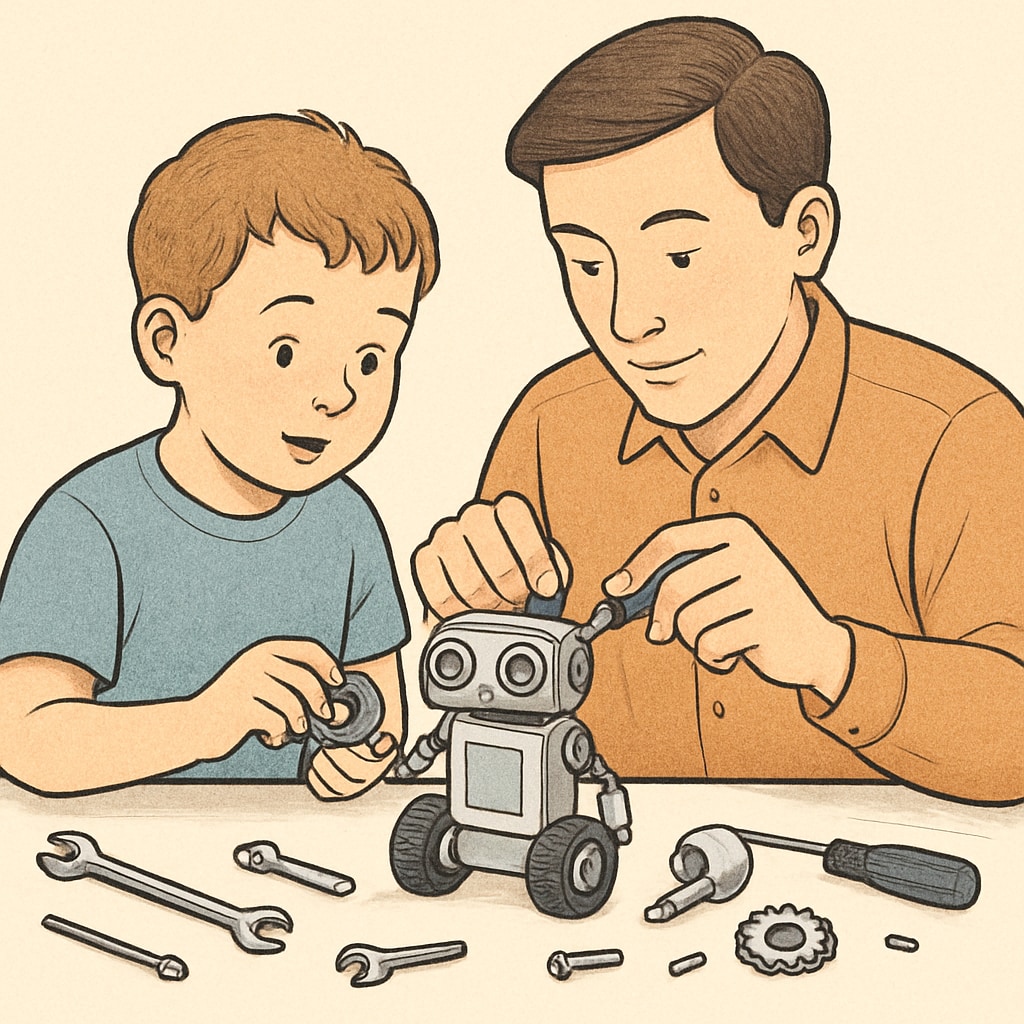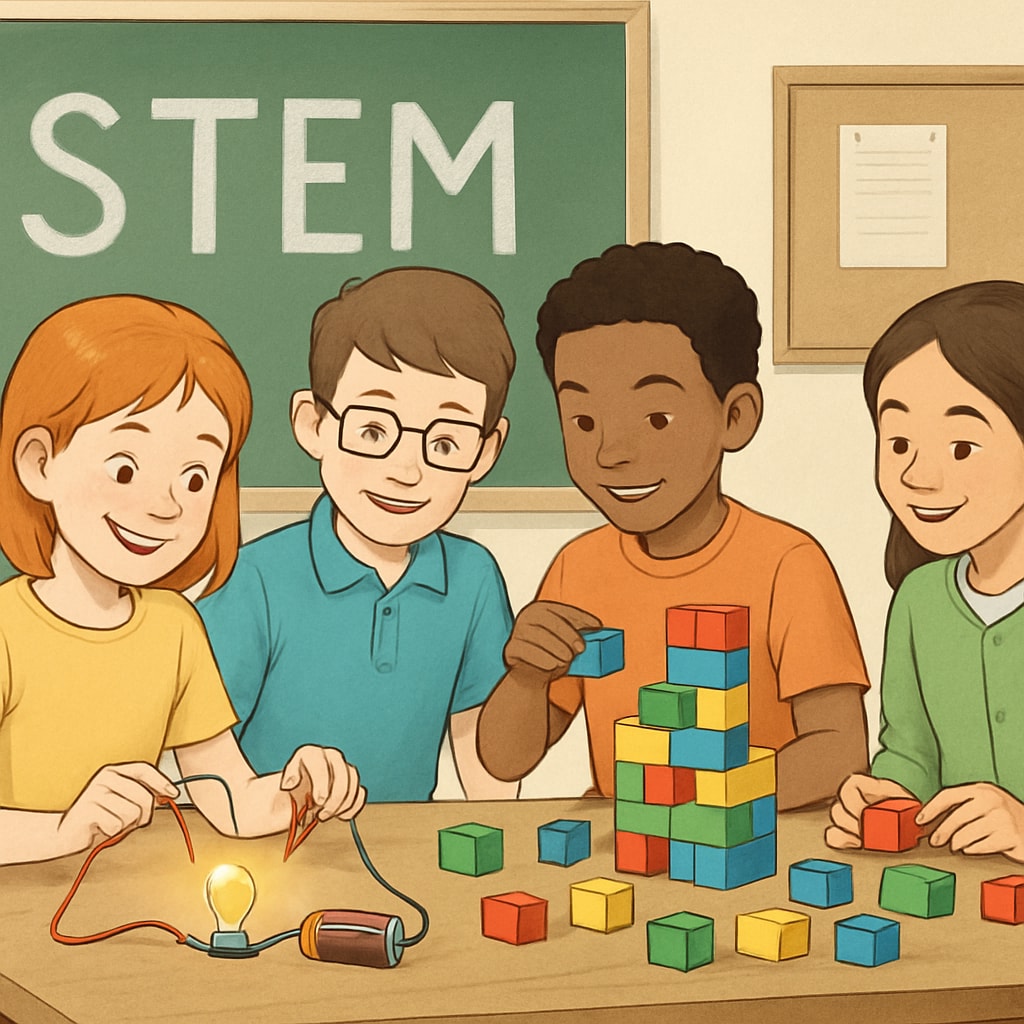When a 4-year-old demonstrates a strong inclination for hands-on projects, such as building circuits or experimenting with robotics, it can be a sign of exceptional early talent. However, these children often struggle to engage with conventional teaching methods. To nurture their potential, parents need to focus on creativity education, early talents, and educational choices that foster both structure and freedom. By doing so, they can create an environment where these young inventors thrive.
Recognizing Early Talents and Creativity in Young Children
Identifying a child’s creative strengths early on is vital for their long-term development. If your child prefers tinkering with objects, combining materials, or asking “how” and “why” questions, they may have a natural aptitude for innovation. According to child development experts, early exposure to creativity allows these talents to flourish. However, it is equally important to ensure that this creative energy is supported rather than stifled by rigid educational structures.

For example, rather than focusing solely on traditional learning methods like worksheets and rote memorization, parents can incorporate open-ended play and problem-solving tasks. Environments that encourage questions, exploration, and trial-and-error processes can be transformative for children with inventive minds.
Balancing Structure and Freedom in Education
While freedom to explore is crucial, a completely unstructured approach may overwhelm a young child. Finding the right balance between structure and freedom is key. The Montessori method, for instance, emphasizes self-directed activity within a prepared environment, making it an excellent choice for creative learners. Similarly, Reggio Emilia-inspired schools promote project-based learning, where children can dive into topics they are passionate about.
Here are some tips for parents to strike this balance:
- Introduce guided activities: Provide kits for building simple machines or creating art, but allow the child to make decisions during the process.
- Encourage collaborative play: Work on group projects with family or peers to help the child learn teamwork while pursuing their interests.
- Offer structured learning tools: Use educational apps or workshops that combine science, technology, engineering, and math (STEM) with creative problem-solving.
By weaving together structured opportunities and open-ended exploration, parents can ensure their child’s curiosity is supported without feeling constrained.

Educational Choices for Creative 4-Year-Olds
Once you recognize your child’s inventive nature, exploring educational options tailored to their learning style becomes essential. Specialized programs and resources can help nurture their creativity while building foundational academic skills.
Consider the following options:
- STEM-focused preschools: These institutions integrate science, technology, engineering, and math into everyday lessons, making learning interactive and hands-on.
- Maker spaces: Community centers or libraries often offer maker labs where young children can experiment with tools and materials.
- Online resources: Platforms like Khan Academy and Code.org provide age-appropriate activities that combine creativity with foundational skills.
In addition, parents can supplement these programs with home-based activities, such as creating a “mini lab” where children can explore simple experiments or design challenges. For instance, using household items to build a small bridge or testing how various materials conduct electricity can be both fun and educational.
Supporting Long-Term Growth in Creative Children
Ultimately, the goal is to support not just the child’s current interests but their long-term growth. This involves cultivating resilience, adaptability, and a love for learning. Here are some strategies to ensure ongoing development:
- Celebrate failures: Teach your child that mistakes are a natural part of the creative process.
- Provide diverse experiences: Expose them to various fields, from art and design to coding and engineering.
- Encourage reflection: After completing a project, ask questions like, “What did you learn?” or “What would you do differently next time?”
By fostering a growth mindset, parents can help their child develop the confidence and skills needed to tackle increasingly complex challenges as they grow older.
In conclusion, creativity education, early talents, and educational choices are all critical components in nurturing an inventive 4-year-old. By recognizing and supporting their unique abilities, providing the right balance of structure and freedom, and exploring tailored educational opportunities, parents can help their child reach their full potential as a future innovator.


